The Italian Larder
Search by alphabet:
A B C D E F G H I J K L M N O P R S T U V W Y Z
- GARLIC
- GELATIN
- GOOSE
- GRAPE
- GREEN BEANS / FRENCH BEAN / HARICOT VERT / STRING BEANS
- GUANCIALE / CURED PORK JOWEL
Gaeta – See Olive
Gallinella – See Fish: Gurnard, tub
Gamberell – See Prawn
Gamberello – See Prawn
Gamberetti – See Prawn
Gambero – See Prawn
Gamberone – See Prawn
Garbanzo Beans – See Beans
Gardon– See Fish: Roach
Garfish – See Fish: Garfish
Garlic (Aglio) (Allium sativum)
Garlic is a widely used flavouring in Italian cuisine, although used more mildly in northern Italy. Garlic grows as an underground bulb comprised of 6-14 cloves. It is harvested from May to August and hung to dry. Italian varieties have a pink to purple hue to their skins and a milder flavour. Garlic can be white as well and more strongly flavoured. There is also a very large variety, elephant garlic, which is very mild in flavour. The most important of the white varieties are Bianco piacentino and Grosso d’America. The most important pink varieties are Rosso di Sulmona and Rosso napoletano. Garlic has antioxidant properties that benefit cardiovascular health, suppresses tumour growth, and is rich in vitamins A, B, and C and minerals.
Buy: Fresh green garlic when it is in season in the late spring and summer, is sweeter in flavour than dried garlic. Dried garlic bulbs should be firm with no nicks, soft spots, green shoots, or dark powdery patches under the skin, an indication of moulding. Whole garlic cloves are sometimes preserved in oil but this has an increased risk of botulism.
Store: Fresh green garlic needs to be refrigerated and keeps for a few days. Dried garlic heads can be stored at room temperature in an open container in a cool, dry place or in a clay jar which allows the air to circulate and the garlic to remain dry. Garlic can be stored for several months like this and the pink varieties for up to a year. Do not freeze garlic. Chopped garlic can be covered with olive oil to prevent it from oxidising and keep it fresh and stored in the refrigerator for a few days. Do not keep garlic in oil for long as there is a risk of botulism.
Prepare: Whole garlic is milder in flavour and odour because when the garlic is cut it releases an enzyme called “allinaise” which chemically changes the garlic.
Remove the outer skin a head of garlic to remove the cloves one by one. Cut the hard bit at the base with a knife. You can either slide the knife between the skin and the garlic to remove it, or place the side of a knife blade on top of the garlic and push down to squash it and easily remove the papery outer coating. There is also a tool called a “garlic roller” which is a rubber tube you place the garlic inside and rub between your hands to release the skin. The skin is more likely to stick if the garlic is very fresh.
If the garlic is old, you may need to use more as the garlic becomes milder with age. If there are any green sprouts inside the cloves or brown spots, they should be removed and discarded before using the garlic. It can then be chopped, sliced, pounded, or used whole. Some people use a garlic press but I feel this produces a much stronger flavour.
To remove the smell of garlic from your hands, either wash your hands and rub them on a chrome sink or wash your hands, rub them with salt, and wash again.
Garlic, particularly in northern Italy, is bruised and used whole and discarded after flavouring the dish. In Piedmont, garlic is sometimes infused in milk for a few hours to mellow the flavour further. Be careful not to burn the garlic as it imparts a bitter flavour to the food.
Eat: Very few Italian recipes except for bagna caôda, aggiada, agghia pistata, and agliata, use garlic as the main ingredient. Garlic is normally used as one of the aromatics in a dish or in salads by rubbing a cut clove of garlic on the salad or soup bowl. It is used in soups and inserted into meat before roasting. Garlic sweetens with long cooking and when cooked whole.
Garpike – See Fish: Garfish
Gelatin / Isinglass (Gelatina, Colla di pesce)
Equivalents: weight in sheet gelatin = weight in powdered gelatin
1 platinum sheet = 1.7 grams; 1 gold sheet = 2 grams; 1 silver sheet = 2.5 grams; 1 bronze sheet = 3.3 grams; 1 metric teaspoon powdered gelatin = 3.3 grams
Bloom strength: platinum=250, gold=200, silver=160, and bronze=125. Knox powdered gelatin=225.
To convert gelatin strength: ((X-Y)/X)*grams in recipe = additional grams needed
X= bloom strength required by the recipe (ie if Gold, then 200)
Y = bloom strength that you have (ie if Silver, use 160)
Example: Need 24 grams gold gelatin and have silver
((200-160)/200)x 24 = 4.8 additional grams required
Firm jelly: 8-9 grams platinum gelatin per litre of liquid; 10-12 grams gold gelatin per litre of liquid; 12-14 grams silver gelatin per litre of liquid; 14-16 grams bronze gelatin per litre of liquid
Reduce liquid by 20% for a very firm jelly
Substitutions: agar (4 grams flakes or 8 grams powdered per litre of liquid)
Gelatin is an odourless, colourless thickening agent, which can be of vegetable (apple and citrus fruit peel) or animal (animal bones, hooves, tendons, skin, cartilage, and connective tissue) origin. It becomes sticky when heated and then solid when cool so is used to thicken broths, gravies, and desserts and to clarify wine.
Buy: It can come in sheets made from dried fish swim bladders (colla di pesce), or powdered. Sheet gelatin is preferable as it is less likely to go lumpy. Sheet gelatin comes in different levels of quality with the highest being platinum, then gold, silver, and finally bronze. The higher quality of gelatin the more pure it is and the less you need to use. The leaf gelatin normally found at the grocery store does not state the quality of the gelatin so it needs to be weighed to determine which quality it is (see above for weights). As many scales are not that accurate it is best to weigh 10 sheets together to calculate the weight of each sheet. Since the different qualities of gelatin have different weights, if the recipe calls for the number of sheets then they are interchangeable. If the recipe calls for grams of gelatin then you need to figure out the quality of gelatin you have and convert if necessary.
Store: It has an indefinite shelf life if stored in an airtight container in a cool, dry place in a sealed container to prevent it absorbing odours.
Prepare: Soak sheet gelatin in cold water (20˚C) until soft (up to 30 minutes), wring out, and dissolve in warm or hot liquid (do not boil gelatin). For powdered gelatin, mix with a little cold water for 5 minutes before adding to the hot liquid. Place the hot liquid into a container and cover the top with cling film, pressing down onto the top of the liquid so that it does not form a skin and refrigerate until serving. Do not add figs, papaya, guava, ginger, and uncooked kiwi and pineapple to gelatin as their enzymes break down the gelatin. Do not freeze gelatin. The more sugar you add the softer the gelatin will be. The ratio of liquid to gelatin will determine how firm or soft the gelatin will be (see equivalents above). Gelatin and the liquid can be reheated a few times in a bain-marie and reset successfully giving the option of adjusting the liquid or sugar ratio. It takes twice as long to dissolve gelatin in milk or cream than in water. To suspend solids (such as well-drained fruit, meat, or vegetables) in the gelatin, chill the gelatin to allow it to become viscous but not firm before mixing the solids in. It will take 2 to 4 hours to set a gelatin depending on the size of the mould and if there are solids mixed in. To remove gelatin from the mould, rinse a plate with cold water, dip the mould in hot water up to the depth of the gelatin for 10 seconds, loosen the edges with a knife, unmould upside down onto the rinsed plate, and adjust the positioning of the gelatin on the plate. Refrigerate for 20 minutes to reset the gelatin.
Eat: It is used to thicken broth, gravy, jellies (gelatina d’arance, gelatine di albicocche, gelantina al limone, gelatina di pesche, gelatina di ribes), and desserts (panna cotta).
Gelatina – See Gelatin
Gelone, fungo – See Mushroom: Oyster
Ghiozzo– See Fish: Goby
Gianduia – See Nutella
Gianduja – See Nutella
Gilthead bream – See Fish: Gilthead bream
Girolle mushroom – See Mushroom: Girolle
Giunca – See Cheese
Giuncata – See Cheese
Gnocco – See Pasta: Pasta Fresca
Gnocchetti – See Pasta: Pasta Fresca
Gnocchi – See Pasta: Pasta Fresca
Grana Padano PDO (Grana Padano DOP) – See Cheese
Gô– See Fish: Goby
Gobbione– See Fish: Gudgeon
Gobbo – See Fish: Gudgeon
Goby – See Fish: Goby
Goose (Oca) (Anser anser, Cygnopsis cygnoides)
Goose in Italy is eaten for its meat, particularly on festive occasions and can be made into prosciutto and salami. The liver is very highly prized in France. Goose can be either wild or domesticated. It can either be from a large breed such as the Tolosa and Embden or from the medium sized races such as Piacentina, di Romagna, and Padovana. The large race geese weigh 10 to 11 kilos while the medium race geese weigh 4 to 6 kilos.
Buy: See Chicken for cuts. The meat is very dark but delicate. The goose has lots of fat, which melts when you cook it. Look for a goose with a pliable breastbone, an indication that the meat will be juicy. The skin should be creamy with a pale apricot-coloured tinge. It should not have any hues of blue or brown. The goose should have been plucked and hung for a few days before it was gutted. The younger the goose, the more tender and delicate the meat. Goslings/green goose, are less than 3 months old and weigh up to 2 kilos. A goose older than 8 months old becomes much fatter and the meat tougher, both of which increase with age. If buying frozen goose, avoid any goose with chunks of ice between the goose and the packaging as this is an indication of freezer burn.
Store: If you have purchased chilled goose, unwrap it and rewrap it lightly in foil or greaseproof paper so the air can circulate and store on the bottom shelf of the refrigerator at 4˚C (away from cooked food) for up to 2 days. Frozen goose can be kept in the freezer for up to 6 months.
Prepare: If the goose is frozen, thaw thoroughly in the refrigerator before cooking. Check the interior of the bird to ensure that there are no giblets inside. If the goose is to be roasted, prick the skin all over with a fork or knife tip. Then pour a kettleful of boiling water over the skin or steam it, tipping the bird to pour off any fat which has accumulated in the body cavity. Reserve the water with the fat and cool it to separate the fat and reserve it for cooking. Goose fat is an excellent cooking fat, particularly for potatoes. Goose, apart from the breast, must be cooked through. The older the goose, the longer it needs to be cooked to make the meat tender. It should be served hot.
Eat: Goose is eaten roasted (oca arrosto, oca con le castagne and oca in onto), baked (oca alle verdure), smoked (falso arsuto and oca affumicata), stuffed (oca ripiena), preserved in fat (batù d’oca and oca conservata nel grasso), stewed, or made into salami or proscuitto. The liver can be seared or made into pâté or terrine (fegato grasso in terrina). Goose pairs well with chestnuts, apples, or an acidic fruit like oranges.
Grape, Raisin (Uva, Uvetta / Uva passa) (Vitis vinefera)
Grapes are in season from July until December. One of the most prized varieties is called Italia. There are two main types of dried grapes: raisins- the large sweet ones from Malaga and sultanas (passolina)- the smaller less sweet ones from Sultana.
Buy: Grapes are a fruit that can be green, red, purple, black, or white in colour. Some have seeds. They are sold fresh or dried (which are called raisins (uva passa/uvetta)). When buying grapes look that the red, purple, or black varieties do not have any hints of green colour and that green grapes do not have any yellow tones. The stems should look fresh but may have a few brown patches. The grapes should be firmly attached to the stem although there may be some loose ones in the container. It is best if you can taste the grapes before buying. Ensure that there is no sign of wrinkles in the skin or brown patches near the stalks. The grapes should not be soft, mouldy, or discoloured. Look for fat, plump grapes without any signs of browning or splitting grapes.
Store: Grapes can be stored wrapped in perforated cling film in the refrigerator for about 3 weeks.
Prepare: Grapes only need to be rinsed in cool water before serving. If you want to seed the grapes, half them first to remove the seed or use the “U” part of a paperclip to insert into a whole grape and remove.
Eat/Drink: Grapes are typically eaten fresh or made into juice or wine. Wine is very often added to savoury recipes early on or used to marinate meat. The grape skins and seeds leftover from making wine are made into grappa. Grapes are rarely cooked in recipes although there are exceptions (tordi con l’uva, quaglie all’uva, fegatini di pollo con l’uva, sòma d’aji and schiacciata con l’uva). Raisins are added to desserts, salami, sauces, and relishes. Grape juice/must is boiled down to a syrup (sapa/saba/mosto cotto) and sometimes flavoured with fruit or spices.
Garrick– See Fish: Leerfish
Grayling – See Fish: Grayling
Greek oregano – See Oregano
Green Beans / French bean / Haricot vert / String beans (Fagiolino / Cornetto / Fagiolo mangiatutto) (Phaseolus vulgaris)
Equivalents: 1 serving = 140 grams
There are several varieties of green beans but there is not much distinction in terms of flavour. The green bean is in season from June through September. The “di Santa Anna” variety from Tuscany are more suited to salads and the “a corallo” are a yellow variety that is frequently cooked with tomato and onion. It is a good source of potassium, calcium, phosphorus, and vitamins A and C.
Buy: The green bean is a summer vegetable which can be green, yellow, or purple. It can be sold fresh, frozen, or preserved in vinegar. The best bean is fresh, young, tender but firm, smooth, slender and blemish-free. Select beans up to 8 mm in width and which are relatively straight. It should be crisp but not hard and should snap when bent backwards and spray a bit of juice (although the haricot vert variety will not do this). To test if the bean is young, snap off the end where the bean attached to the vine and drawn down towards the end, if there is no string and the end snaps off clean, it is young. A green bean become soft when too old and will have visible bumps if left on the vine too long. Select beans which are the same thickness and length so that they cook uniformly.
Store: Green beans can be kept wrapped in a plastic bag in the drawer of the refrigerator for up to three days.
Prepare: Rinse under cold water, rubbing the beans with your fingers, and cut off the top 1 cm of the bean where it was attached to the vine. If you snap the end of the bean off where it attaches to the vine and a string appears then you will need to pull the strings off all the beans by snapping the vine end of the bean and drawing down along the seam towards the tail of the bean. If the beans are longer than 8 cm in length then also cut off the tail of the bean.
Eat: Green beans can be boiled in salted water or steamed. I normally steam them to retain as many nutrients as possible. Traditionally green beans were boiled until soft, about 20 minutes. Today they are usually cooked until no longer raw but are still crunchy, about 6-7 minutes in boiling water if young. Do not cover the pot when boiling as this discolours the beans. Taste the bean to cook to the preferred texture. To lock in the colour after cooking, shock the beans by placing them in ice water for 10 minutes to stop the cooking process. Green beans are boiled and added to salads (fagiolini in insalata) or dressed with butter (fagiolini al burro), garlic oil (fagiolini in padella), garlic and anchovy oil (fagiolini alla genovese, cornetti in salsa), cream and Parmigiano-Reggiano cheese (fagiolini alla Milanese), tomato and fennel seed (fagiolini alla Fiorentina), vinegar, or cream (fagiolini alla panna). Very young beans need not be parboiled before being added to a dish. Green beans can be sautéed (fagiolini a corallo, fagiolini di Santa Anna), added to meat loaf (polpettone Genovese), added to pasta dishes (trenette al pesto), or stewed (fagiolini a pomodoro).
Green onion – See Onion
Grey mullet – See Fish: Grey mullet
Grey mullet roe – See Fish: Grey mullet
Grissini – See Bread
Grongo – See Fish: Eel
Grouper – See Fish: Grouper
Guanciale / Cured pork jowel (Guanciale)
Substitutions: pancetta, streaky bacon, salt pork
Buy: Guanciale is a pig’s cheek or jowel cured in salt and aged. It is similar to pancetta which it also resembles in appearance and taste, but is coated in ground black pepper or ground chilli, is richer in flavour, and has a softer texture. It is triangular in shape and is aged for a minimum of 3 months. It has one or two streaks of meat across the fat. Smoked guanciale will have darker coloured meat.
Types:
Guanciale amatriciano is flavoured with pepper and chilli and then smoked and aged for 60 days. It it originates from Lazio and Abruzzo and was a staple in the diet of the shepherds there.
Store: Keep wrapped in plastic in the refrigerator for up to a few weeks. Otherwise it can be kept, wrapped in an air-tight bag in the freezer for several months.
Prepare: Guanciale can be cubed or finely sliced before cooking.
Eat: Guanciale is an essential ingredient in some pasta dishes (alla carbonara, alla gricia, and alla amitriciana).
Guaza – See Fish: Grouper
Gudgeon – See Fish: Gudgeon
Gurnard, tub – See Fish: Gurnard, tub
Gurno– See Fish: Gurnard, tub
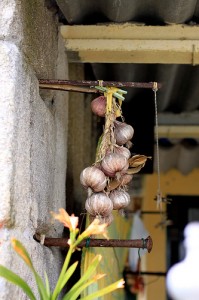
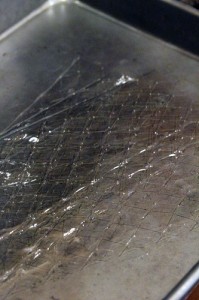

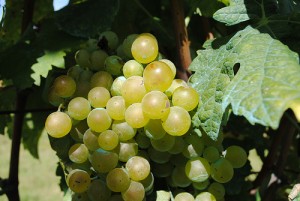
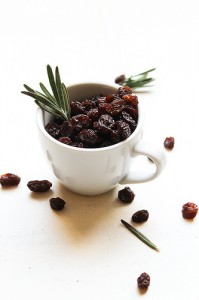
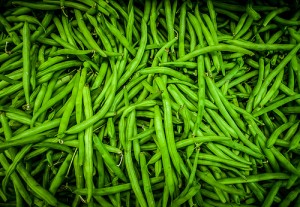
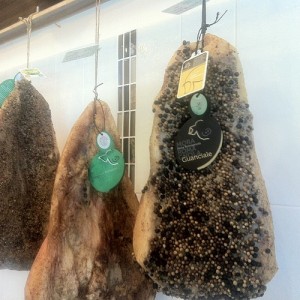
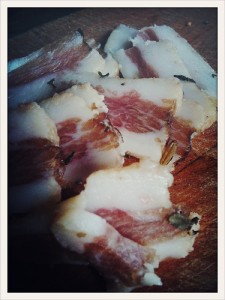

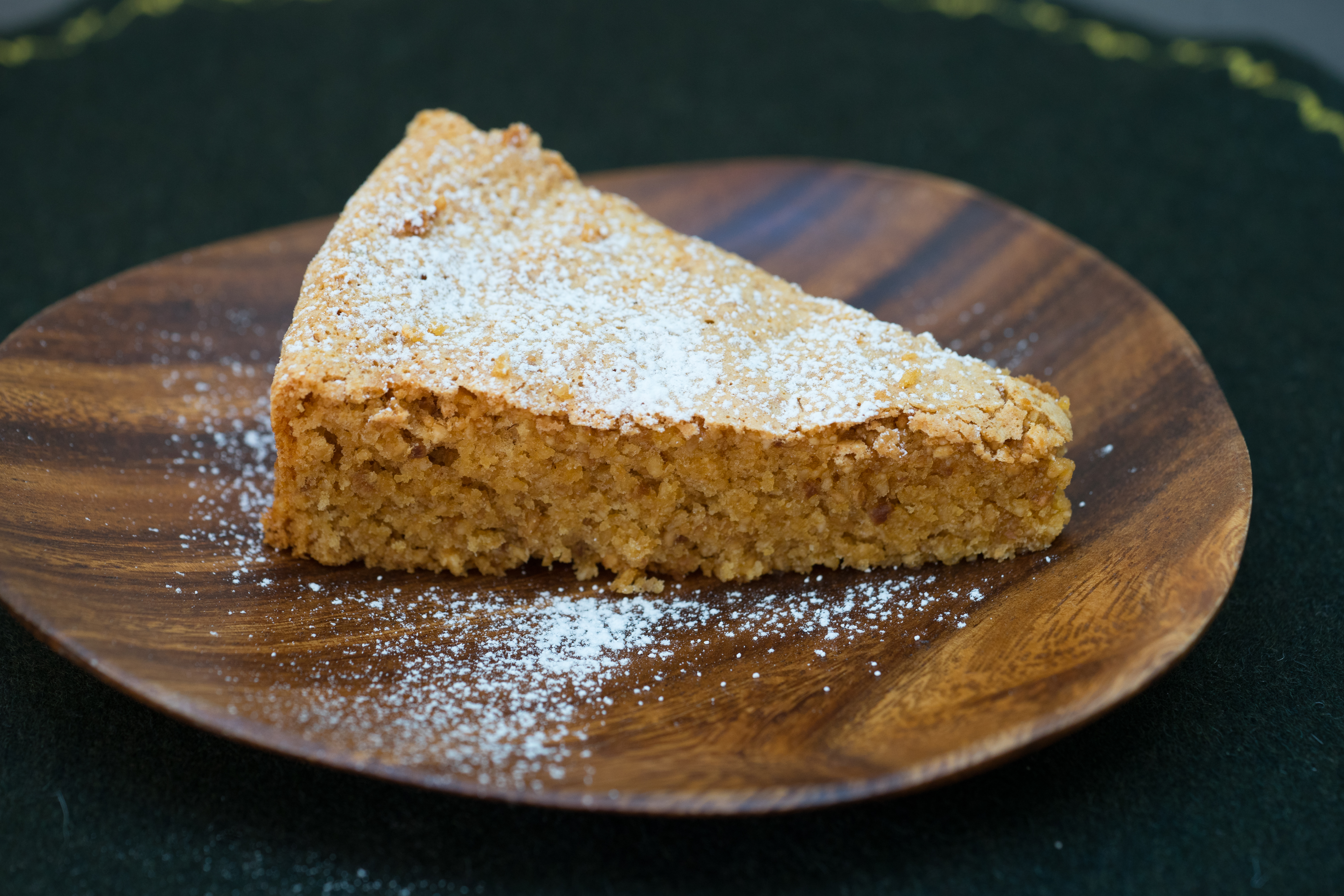
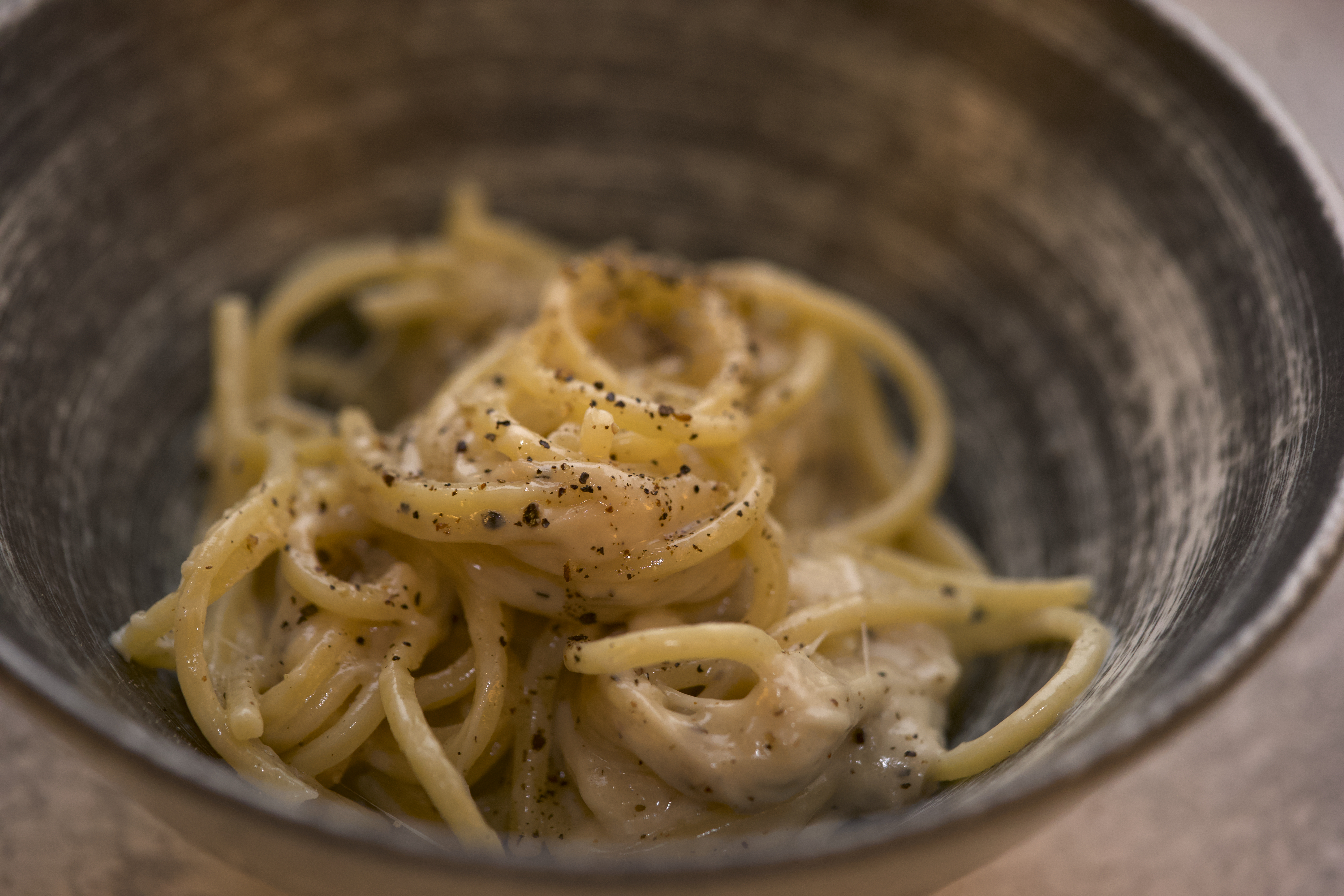
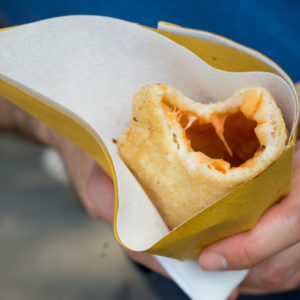
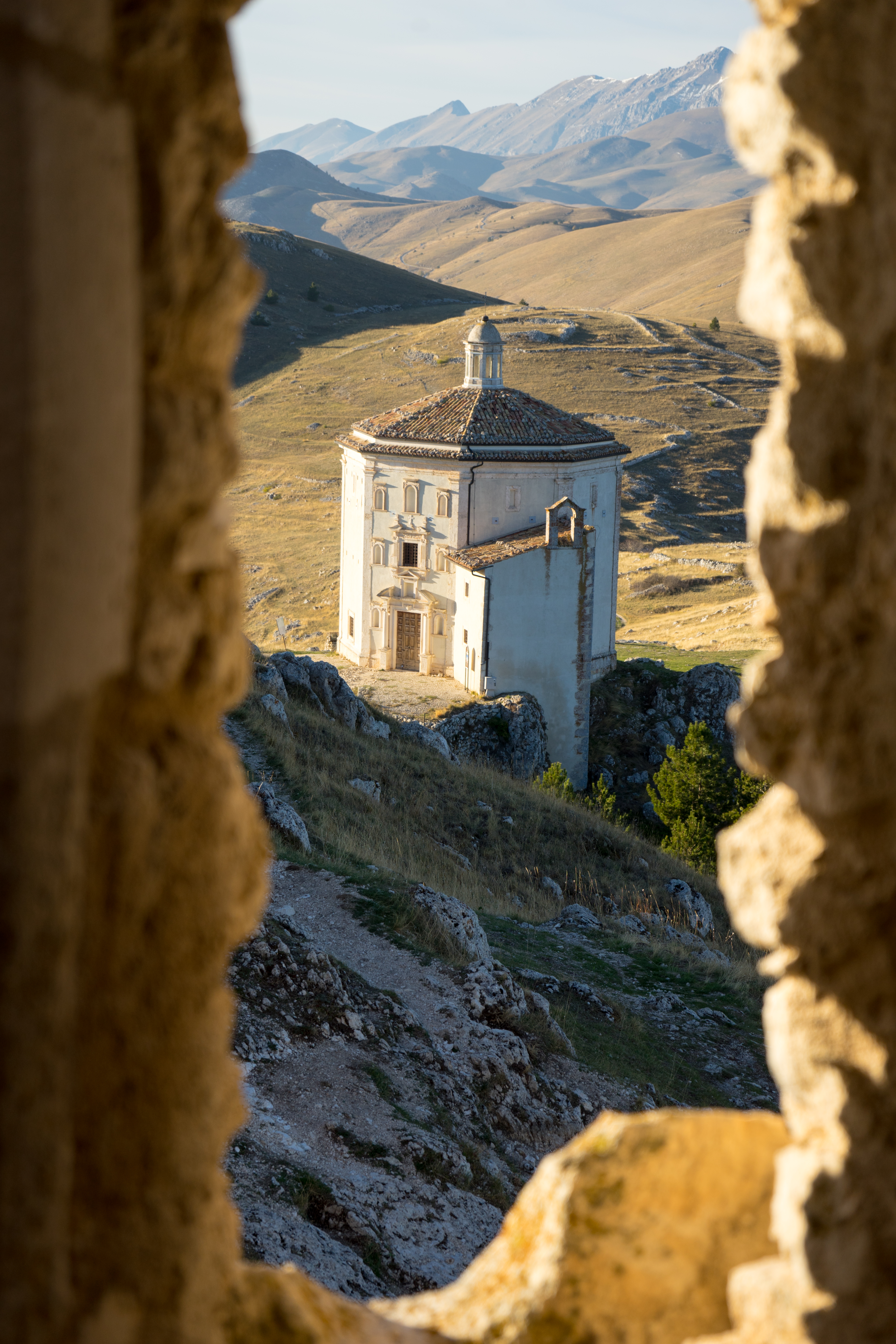
Leave a Reply